This Udon Noodle Stir Fry is an “AMAZING!!!” exotic fusion of flavors elevated with an irresistible sweet and spicy gochujang sauce that will have you licking the plate! As a trusted authority in Asian dishes, I’ve perfected this recipe with customizable options, and expert tips to ensure perfect results every time. Bonus: You’ll love that it’s made with pantry friendly ingredients, on your table in just over 30 minutes, and YOU choose the spice level!
Asian Stir-Fried Noodles are a favorite weeknight dinner because they’re quick, easy, pantry friendly and versatile. Don’t miss Pad Thai, Drunken Noodles, Singapore Noodles, Pad See Ew or Korean Noodles.
HOW TO MAKE Udon Noodle Recipe VIDEo
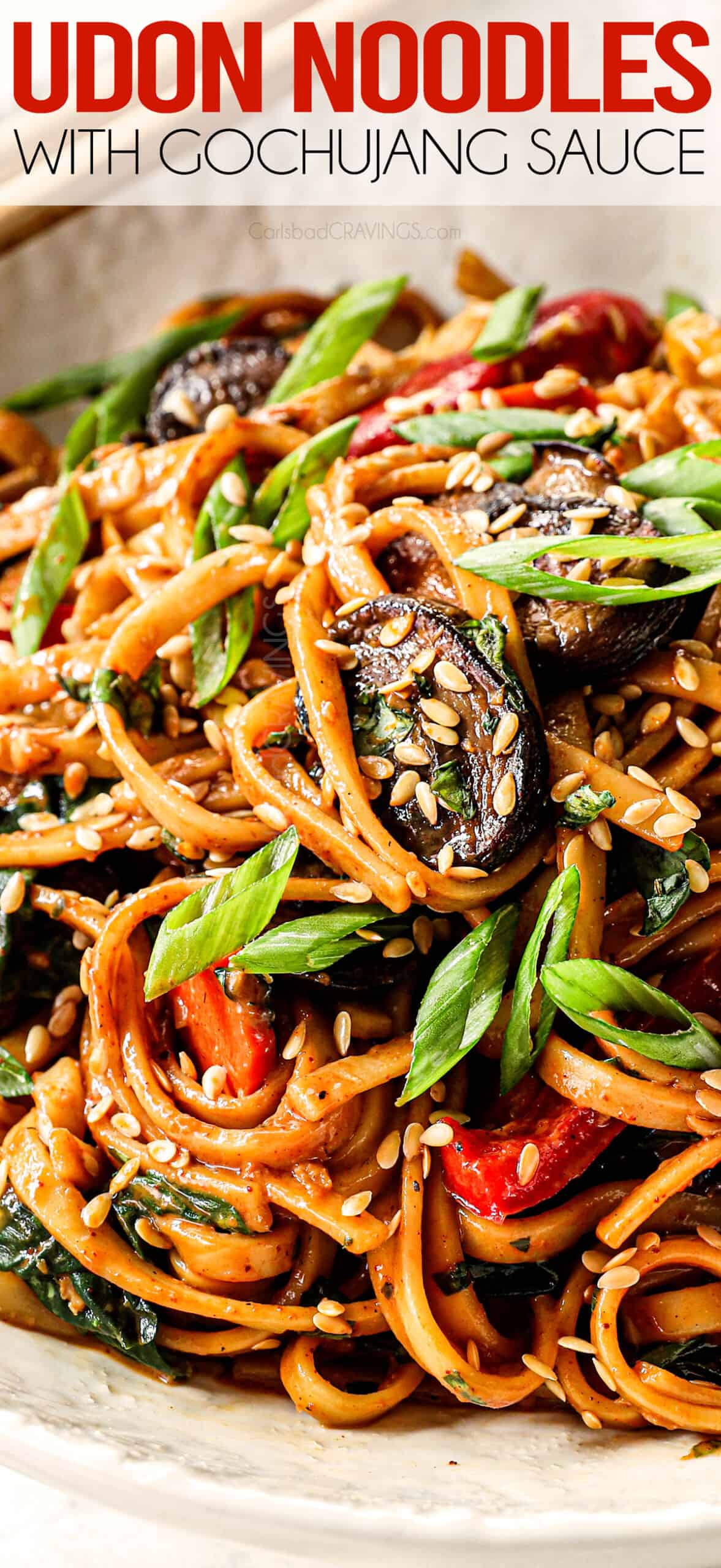

Why you’ll love This Udon Noodle Recipe

What Is Gochujang?
Gochujang is a Korean red chili paste (and my FAVORITE chili paste!). It is primarily made from red chilies, glutinous rice, and soybeans. What sets this chili paste apart is that it is not just spicy, but also boasts more of a complex, savory, spicy, sweet heat – kind of like a spicy Asian BBQ sauce. The sweetness comes from the starch of cooked glutinous rice, which imparts its distinctly wonderful flavor.
For this udon noodle recipe, I used Annie Chun’s Gochujang Sauce. It is located in the Asian section of my grocery store, but you can also easily buy it on Amazon. I do recommend looking to see what Annie Chun’s Gochujang Sauce looks like so you can easily spot it at the grocery store (not an affiliate, just will make your life easier).
If you live by an Asian or Korean Market, look for Chung Jung One Sunchang Hot Pepper Paste Gold (Gochujang). You can also purchase it on Amazon.
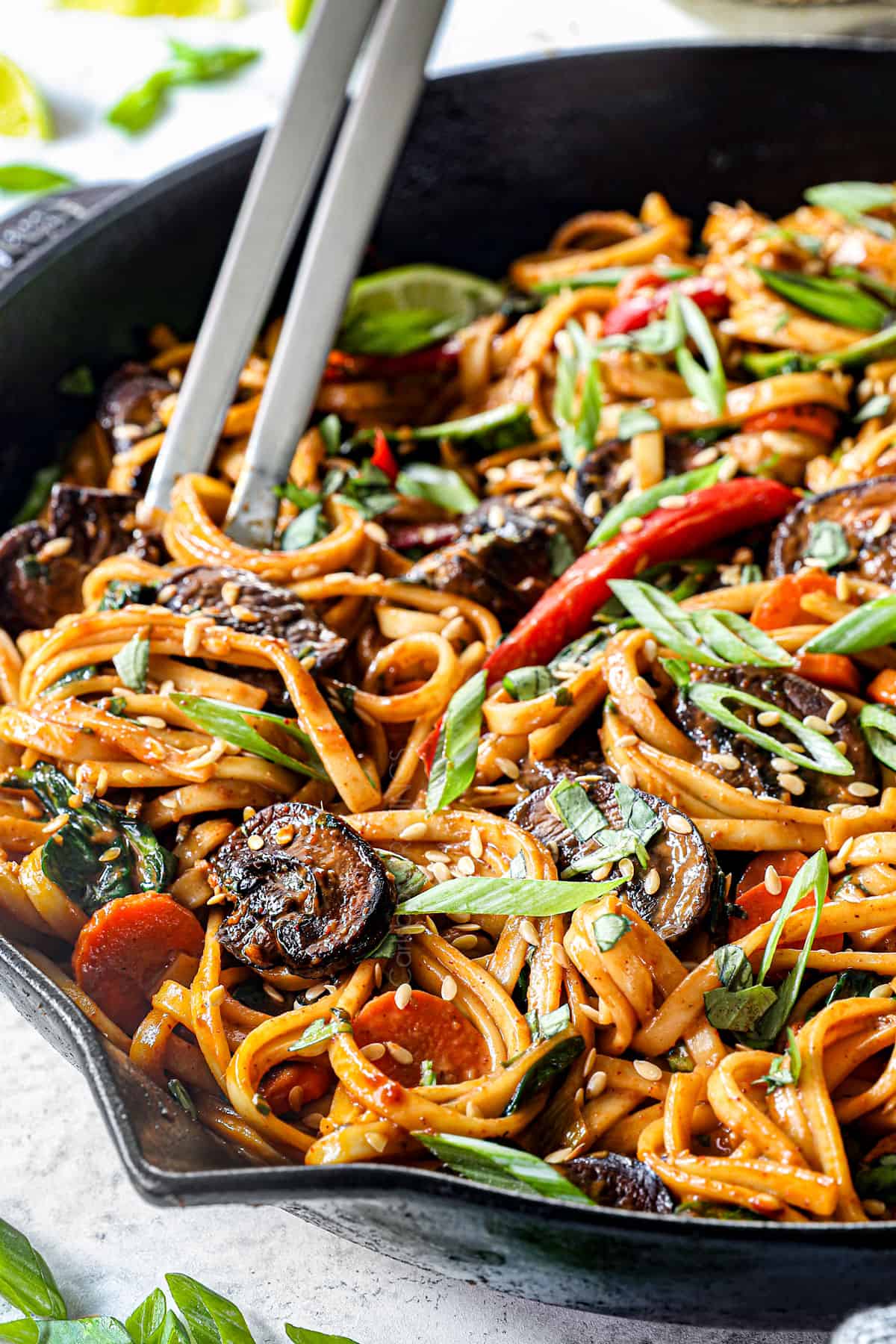

Udon Recipe Ingredients
This simple udon noodles recipe features a flavorful gochujang sauce and plenty of stir-fry veggies. Here’s a look at what you’ll need to make this recipe (full measurements in the printable recipe card at the bottom of the post):
For the Stir Fry
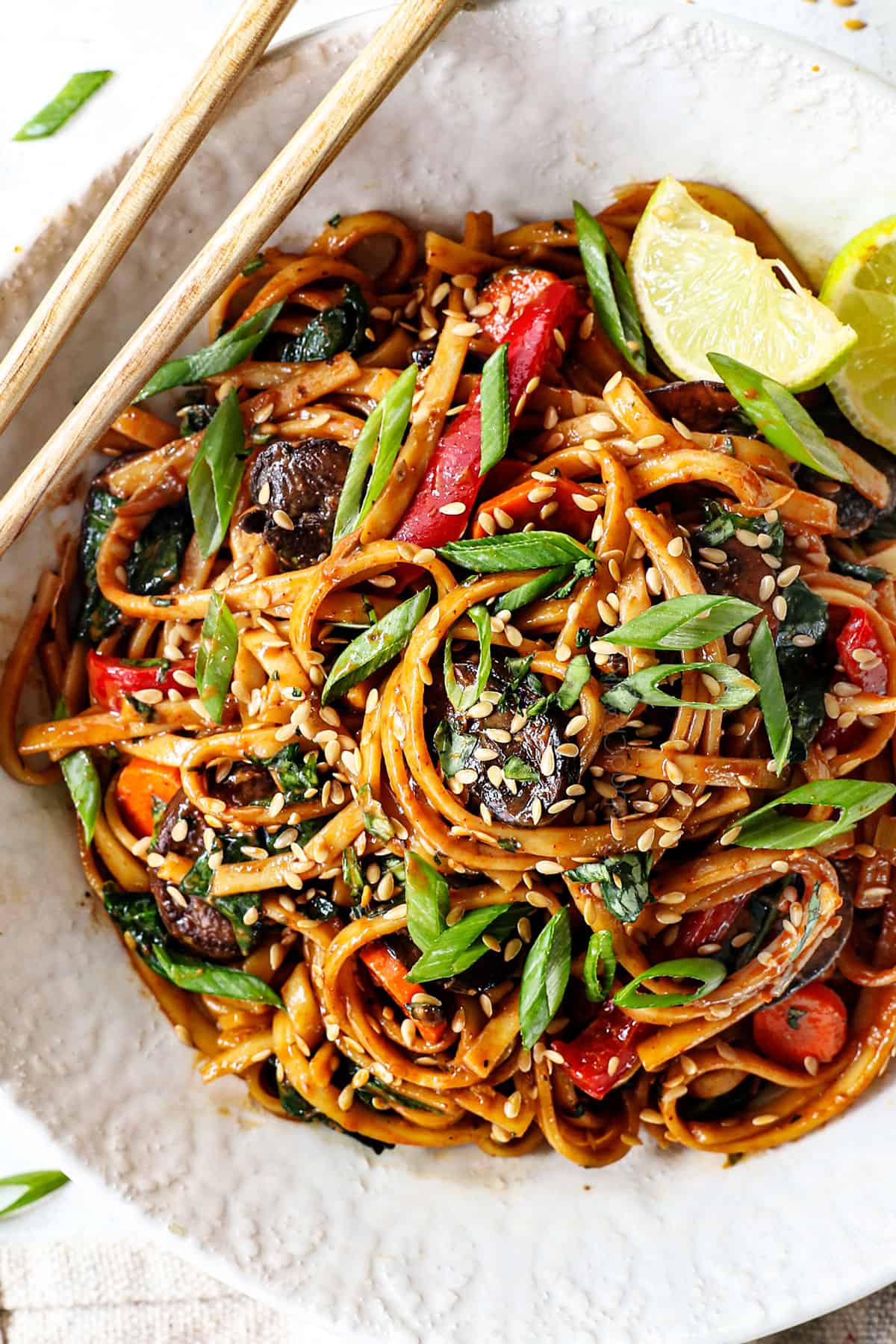
For the Stir Fry SAUCE
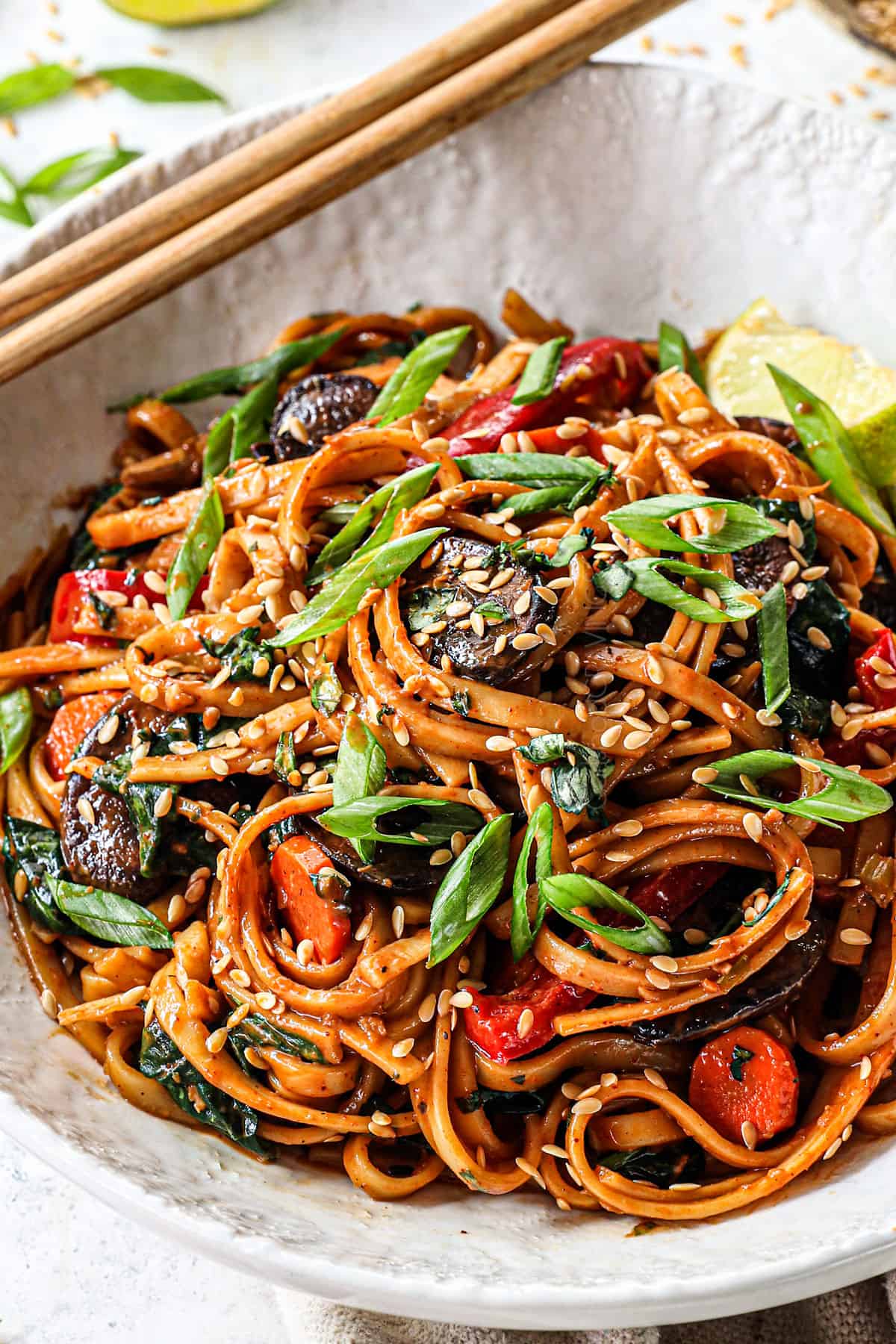

How to make Udon Stir Fry
This udon noodle recipe is so quick and easy to make! The entire recipe can be whipped up in about 30 minutes and is easy to customize depending on what veggies you have on hand. Win-win! Here’s a closer look with step-by-step directions (full recipe at the bottom of the post):
Step 1: Cook the Udon Noodles
- Cook the udon noodles in a large pot of boiling water according to package directions.
- Drain and rinse under cool running water.
- Drizzle with oil and toss to prevent the noodles from sticking together.
Step 2: Caramelize the mushrooms
- Add mushrooms to sizzling oil in a large cast iron skillet or Dutch oven. Stir to coat and spread into an even layer (some will overlap which is okay). Cook undisturbed until they turn deeply golden brown on the bottom, about 10 minutes. (You can use this time to make the stir fry sauce).
- Once the bottoms of the mushrooms are golden, give them a stir and continue to cook, stirring occasionally until the mushrooms are deeply caramelized, about 5 more minutes.
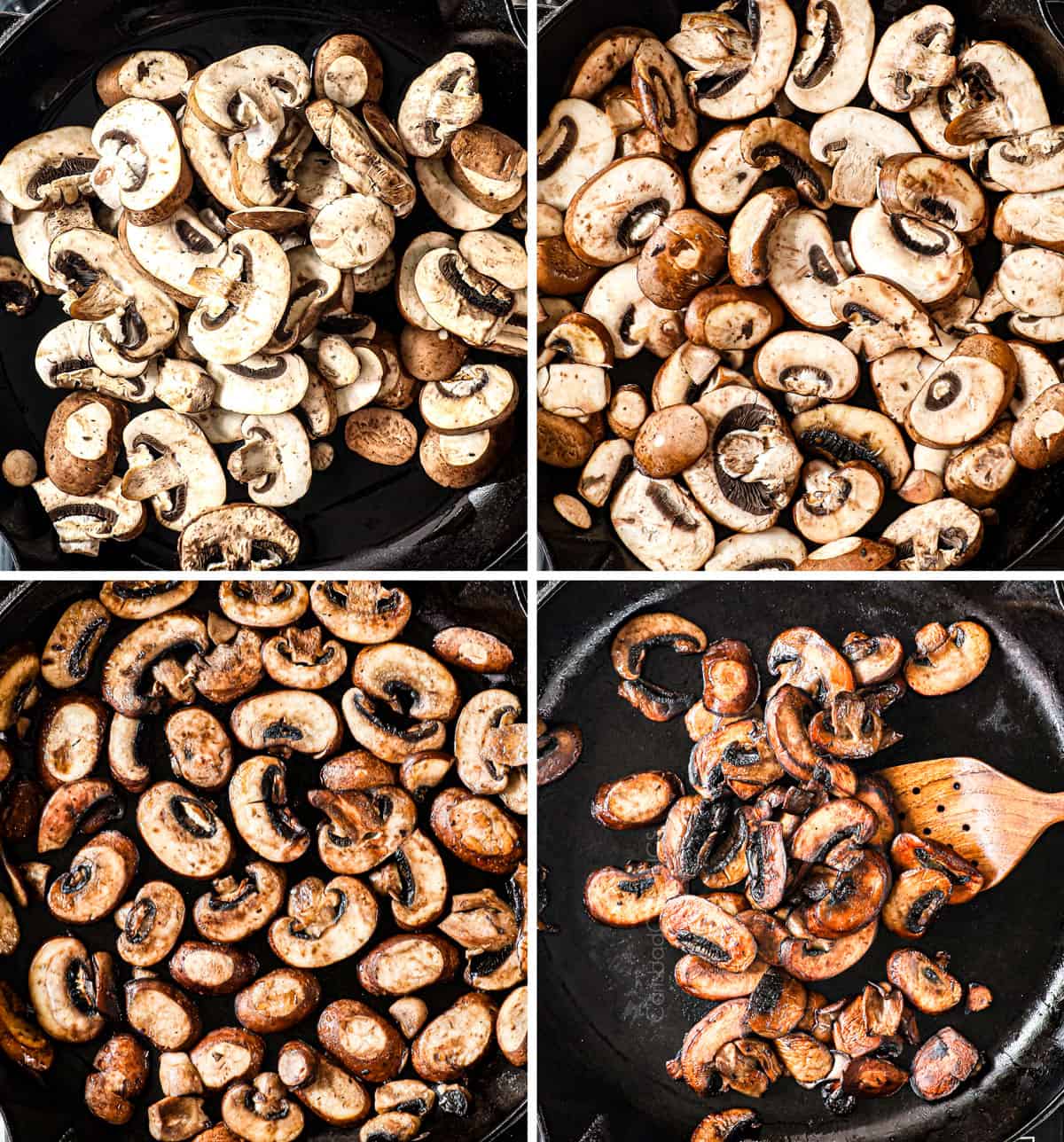
Step 3: Make the Gochujang Sauce
- Whisk the stir-fry sauce ingredients together in a medium bowl; set aside.
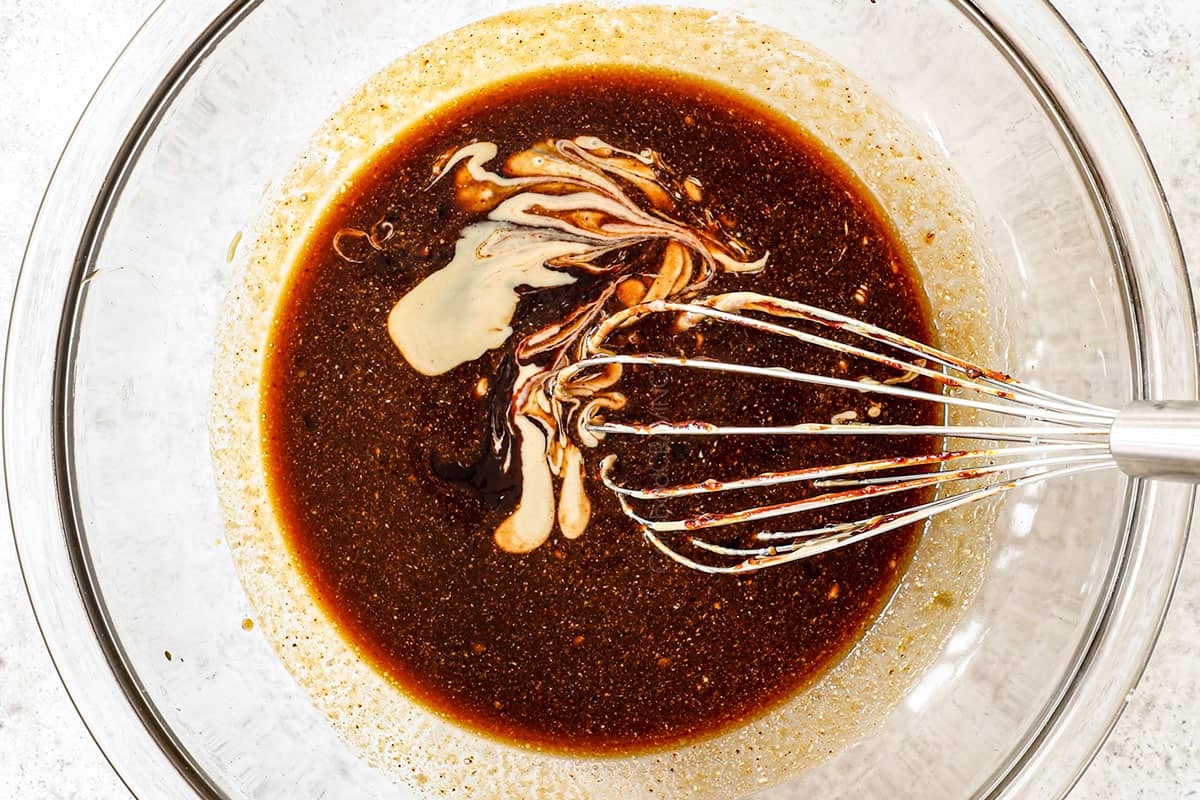
Step 4: Stir-Fry the Veggies
- To mushrooms, add the bell peppers, carrots, ginger, garlic and the white parts of the green onions.
- Cook for 2 minutes or until the onions are softened.
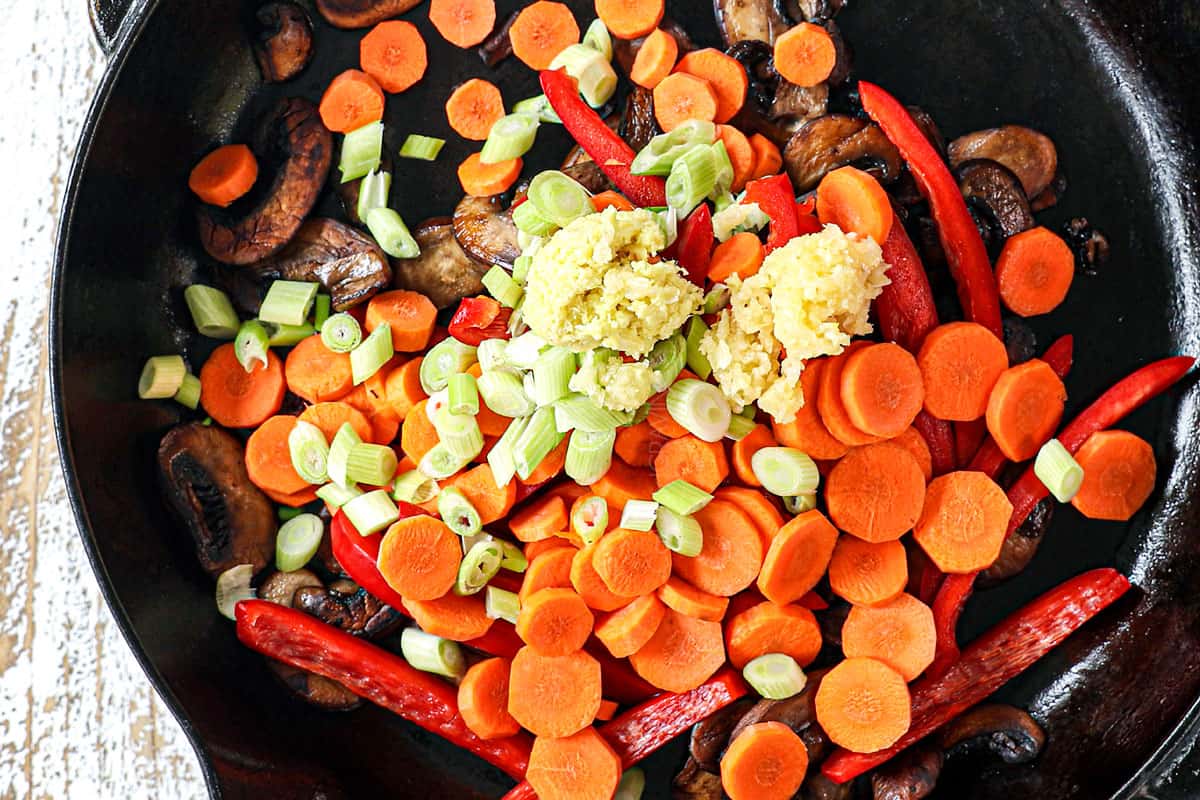
Step 5: Bring Everything Together
- Add the stir fry sauce and bring to a simmer until slightly thickened, about 1 minute.
- Add the noodles, spinach, and basil and toss until the spinach is wilted, about 1 minute.
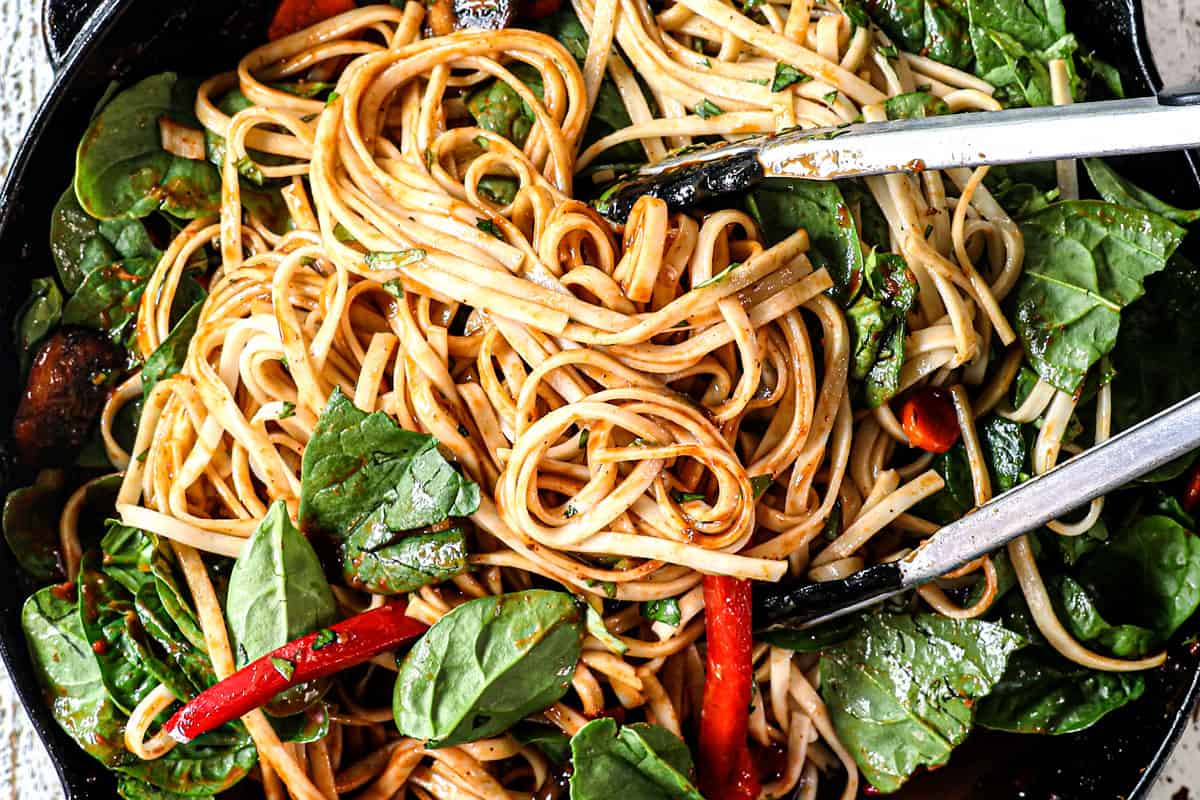
Step 5: Garnish and Serve
- Garnish with remaining green onions and sesame seeds before digging in!
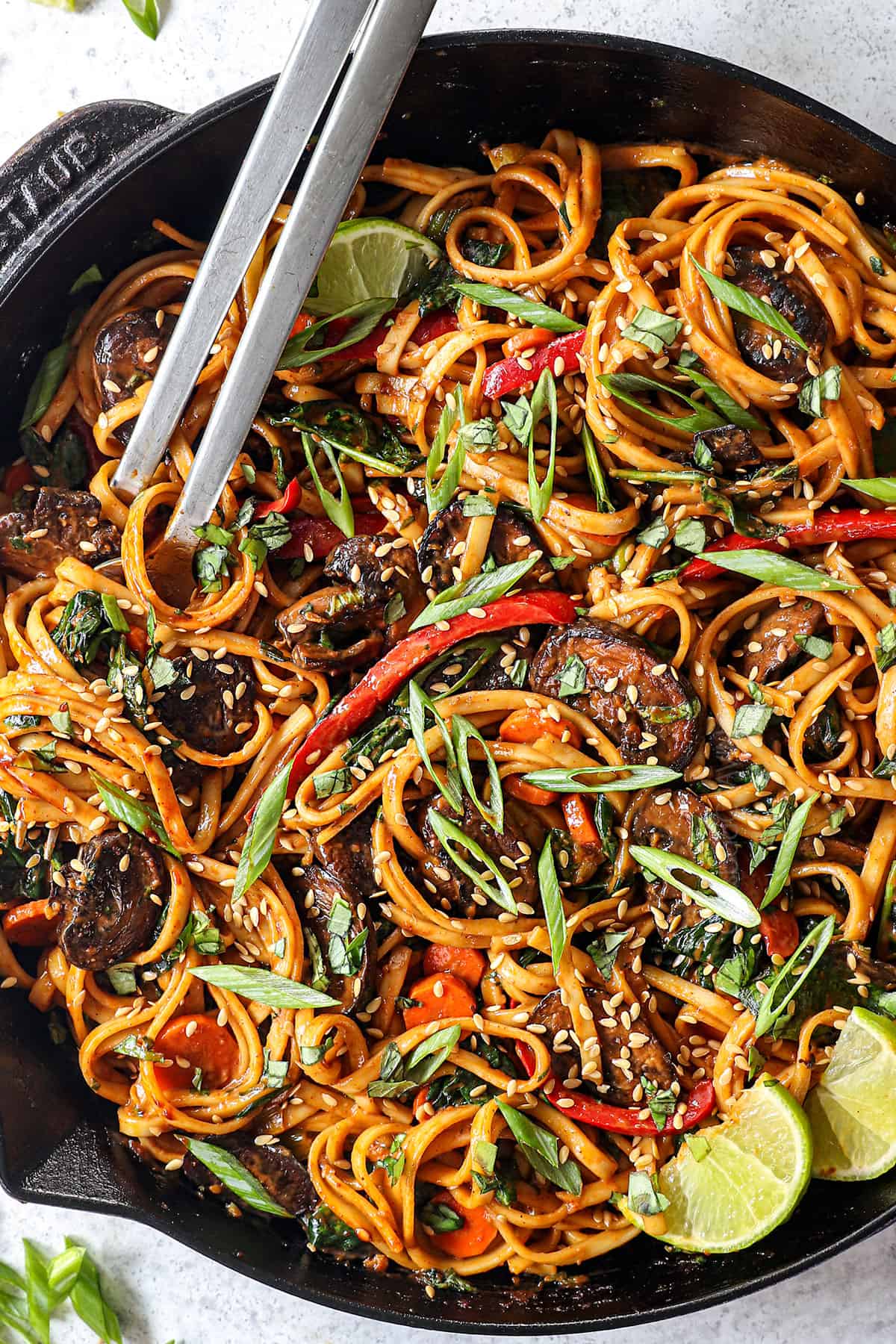

Udon Noodles Recipe Tips

Udon Noodle Recipe variations
This udon recipe is a blank canvas for different noodles, veggies or adding protein! Here are a few ideas:
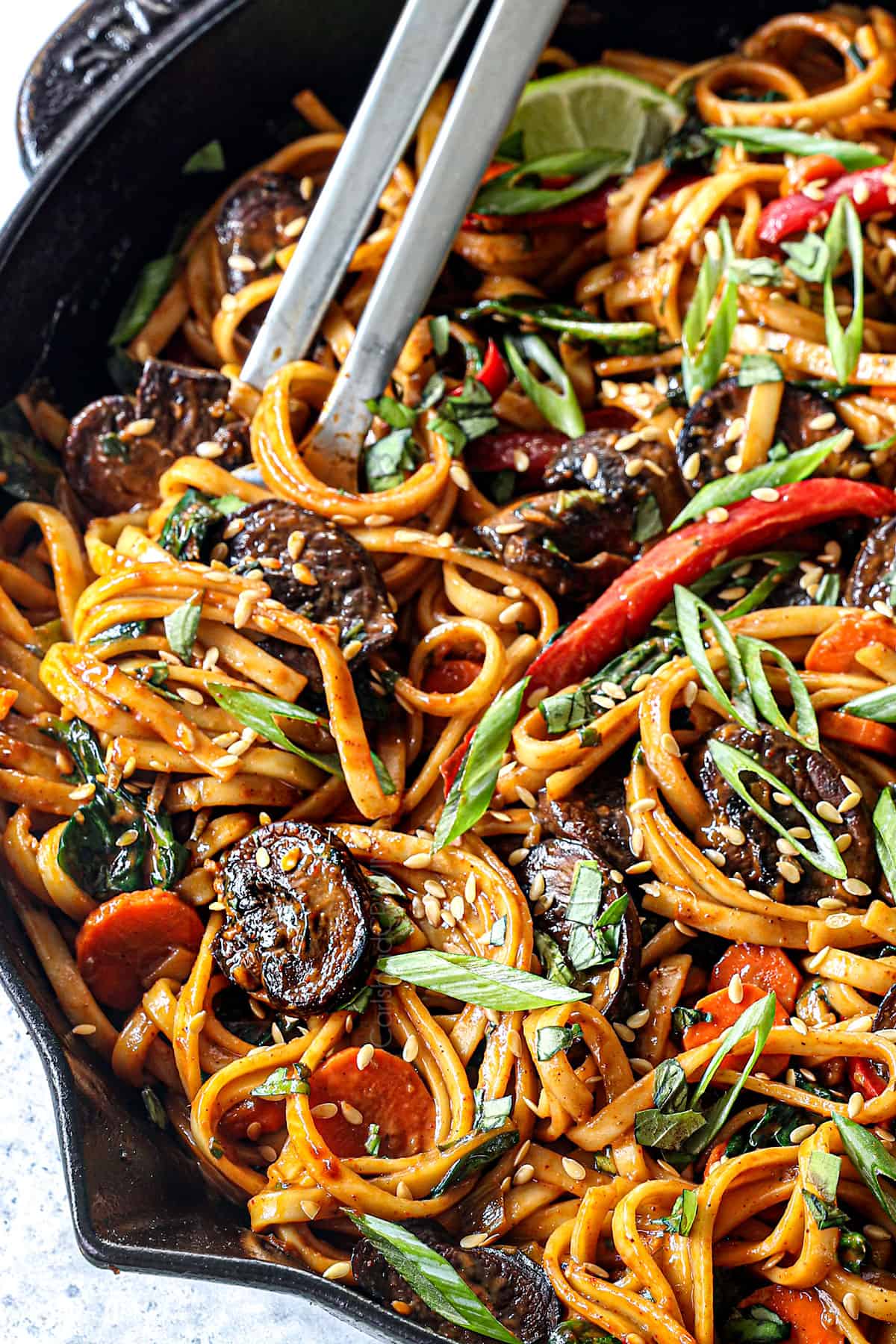

Serving Udon Stir Fry
This udon noodle recipe is a meal in itself with plenty of yummy carbs and veggies. Round out the meal with one or more of the following:

meal prep
You can prep all of the ingredients for these udon noodles ahead of time so it literally can come together in minutes:
•Noodles: cook the udon noodles, run under cold water and drizzle with oil. Store in an airtight container/plastic bag in the refrigerator for up to three days.
•Sauce: whisk the sauce ingredients together and store it in an airtight container in the refrigerator for up to one week. Let the sauce sit at room temperature while preparing the stir-fry; whisk again before using.
•Veggies: chop the veggies and store in an airtight container in the refrigerator for up to 2 days.
•Cook! Within the next 48 hours, proceed to cook the udon noodle stir-fry in minutes!

Storing Stir Fry Udon
Udon noodles are best eaten fresh because the noodles will continue to soak up sauce, however, leftovers will still be tasty. Leftovers can be stored in an airtight container in the refrigerator for up to 5 days.

HOW TO REHEAT
•Microwave: transfer servings to a microwave-safe plate and splash with some water to add some moisture back to the dish. Cook for 1 minute, stir, then continue to heat at 30-second intervals until warmed through.
•Stove: reheat noodles gently over medium-low heat in a large skillet until warmed through, adding a splash of water or oil as needed.
Can This Recipe Be Frozen?
No, udon noodles do not freeze well once combined with the sauce and will become an unpleasant texture when thawed.
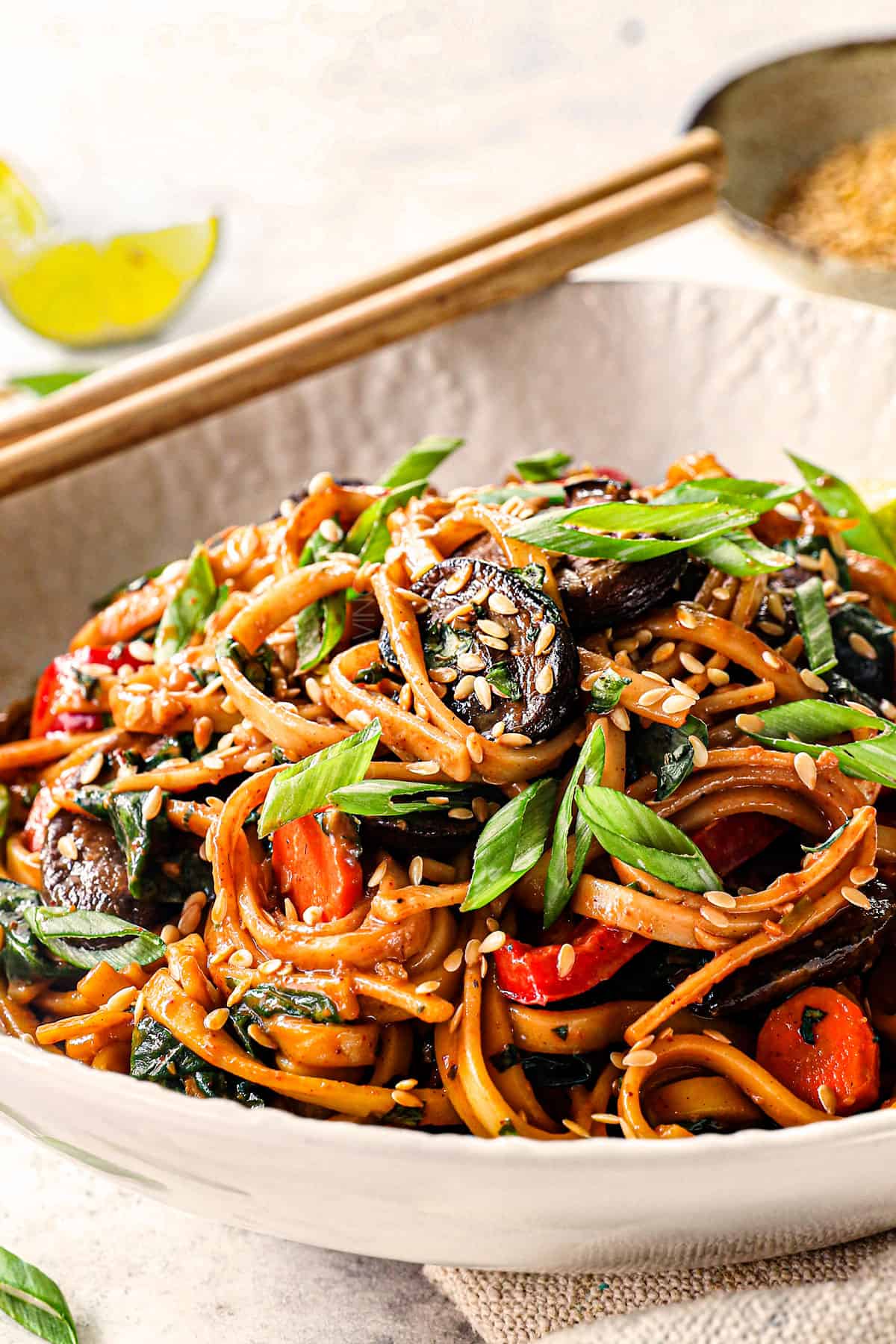
Udon Noodle FAQS
Udon noodles are a delightfully thick, chewy Japanese noodles made from wheat flour, water, and salt. They are glossy white, flat or round and about two to four millimeters. They are a mild noodle which makes them incredibly versatile to use in all your favorite dishes.
Udon noodles are made from wheat flour, water, and salt. As such, they are not gluten free.
Cook udon noodles just like you would spaghetti. Bring a large pot of water to a boil, add the noodles and cook according to package directions. If the noodles are dried, they will likely take between 10-12 minutes. If they are semi-dried, they will take 8-9 minutes. To test, grab a noodle with tongs or a slotted spoon, run under cold water until cool, then taste.
Udon is traditionally made from durum flour, so they have a nutritional profile that’s similar to our American pastas. They don’t boast very much added nutrition, but can be part of a balanced diet when served in proper proportions. One serving of udon noodles has about 310 calories, with 7 grams of protein, 1 gram of fat, and 69 grams of carbohydrates.
When it comes to Japanese noodles, udon and soba are two of the most popular varieties. If you haven’t cooked with both kinds of noodles before, you may be worried they’ll be difficult to differentiate at the store. In fact, they’re both easy to identify even if they’re not clearly labeled:
Udon noodles are made with wheat flour and are glossy white. You’ll find both flat and rounded udon noodles at the store. The noodles are thicker and much chewier than soba noodles. They’re often served in stir fries and soups.
Soba noodles are long noodles made with buckwheat flour and are brown or grey. They’re naturally gluten-free (udon noodles are not) and are similar in appearance to whole wheat spaghetti. They’re nuttier in flavor than udon noodles and are rarely served in soups.
Both udon and ramen noodles are white, long, chewy noodles, but udon noodles are thicker with a more subtle flavor. Udon noodles themselves are always vegan, but ramen noodles are made with eggs. Ramen also is made with kansui (かん水), a salty, alkaline liquid that gives the noodles their signature chewy, springy texture.
WANT TO TRY THIS RECIPE?
PIN IT TO YOUR Asian, Noodles or Meatless recipe BOARD TO SAVE FOR LATER!
FIND ME ON PINTEREST FOR MORE GREAT RECIPES! I AM ALWAYS PINNING :)!
©Carlsbad Cravings by CarlsbadCravings.com
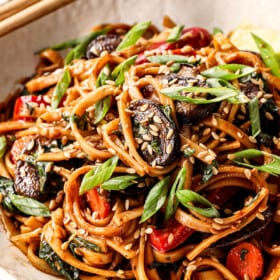
Udon Stir Fry
Save This Recipe To Your Recipe Box
You can now create an account on our site and save your favorite recipes all in one place!
Ingredients
NOODLES AND STIR FRY
- 8 oz. udon noodles (may sub lo mein, ramen or spaghetti)
- 3 tablespoons neutral oil like canola or vegetable
- 8 oz. cremini mushrooms, sliced
- 1 red bell pepper, sliced
- 2 carrots, sliced
- 1 tablespoon freshly grated ginger
- 4 garlic cloves, minced
- 1 bunch green onions, sliced, white and green parts separated
- 3 cups fresh baby spinach, torn
- 1 cup Thai basil, chopped (may sub regular)
- toasted sesame seeds and lime wedges for serving
SAUCE
- 3-4 tablespoons gochujang (I use Annie Chun's, 4 is quite spicy)
- 3 tablespoons reduced sodium soy sauce
- 3 tablespoons oyster sauce
- 2 tablespoons dark brown sugar (may sub light)
- 2 tablespoons tahini (may sub peanut butter)
- 2 tablespoons lime juice
- 2 tablespoons water
- 2 teaspoons toasted sesame oil
- 1 teaspoon molasses
- 1 teaspoon cornstarch
Instructions
- Cook noodles: Cook noodles in a large pot of boiling water according to package directions. Drain and rinse under cool running water. Lighlty drizzle with neutrel oil and toss to prevent the noodles from sticking together; set aside.
- Cook mushrooms: Heat 3 tablespoons neutral oil in a large cast iron skillet over medium-high heat. Once hot, add the mushrooms, stir to coat and spread into an even layer (some will overlap which is okay). Cook undisturbed until they turn deeply golden brown on the bottom, about 10 minutes. Meanwhile…
- Make stir fry sauce: Meanwhile, whisk the Stir Fry Sauce ingredients together in a medium bowl; set aside.
- Caramelize mushrooms: Once the bottoms of the mushrooms are golden, give them a stir and continue to cook, stirring occasionally, until the mushrooms are deeply caramelized, about 5 more minutes.
- Combine: Add the Sauce and bring to a simmer until slightly thickened, about 1 minute. Add the noodles, spinach, and basil and toss until the spinach is wilted, about 1 minute.
- Garnish: Garnish with desired amount of green onions and sesame seeds.
Video
Notes
Tips and Tricks
- Oyster sauce: Please use QUALITY oyster sauce such as Lee Kum Kee or Kikkoman located in the Asian section of grocery store. You truly can taste the difference and will be sorely disappointed with less quality brands. If you’re allergic to shellfish or are vegetarian, use LEE KUM KEE Vegetarian Stir-Fry Sauce instead of oyster sauce.
- Gochujang (or gochuchang): is a Korean red chili paste primarily made from red chilies, glutinous rice, and soybeans with a complex, savory, spicy, sweet heat. Please do not substitute with another Asian chili sauce – they are not the same!
- Customize the spice level: If you are worried about heat, it’s best to start with less gochujang sauce (about 2 tablespoons) and add more to taste.
- Mix up the veggies: As with any stir-fry, you can use any veggies you’d like in this recipe. Bok choy, broccoli, snow peas, fresh green beans, and more can be used!
- Add protein: Add cooked shrimp, chicken, or beef to your udon noodle stir-fry. See my cashew chicken for how I prepare my chicken.
- Add tofu:Place firm tofu in a pie plate, top with a heavy plate and weigh down with 2 heavy cans (to release water). Set aside for 10 minutes, then chop into 1-inch cubes.
- Make it gluten-free: Use gluten-free noodles (like rice noodles), tamari in place of the soy sauce and gluten-free oyster sauce. Traditional Gochuchang is not gluten free, so you’ll need to seek out a gluten free version like this one on Amazon.

Did You Make This Recipe?
Tag @CarlsbadCravings and Use #CarlsbadCravngs
Leave a Review, I Always Love Hearing From You!

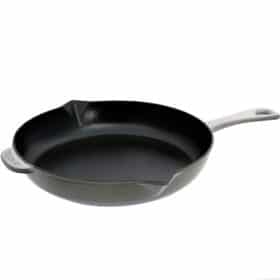
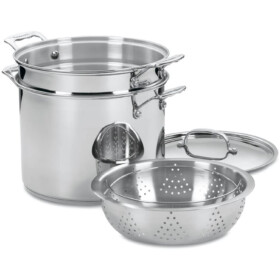
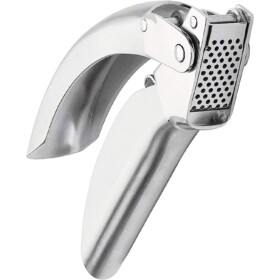
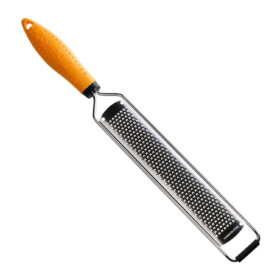
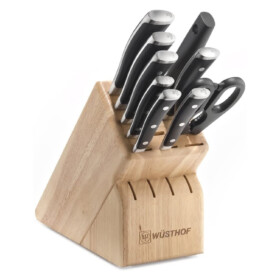
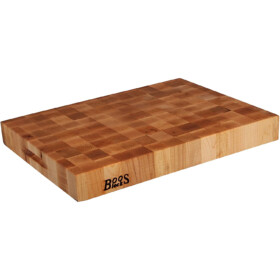
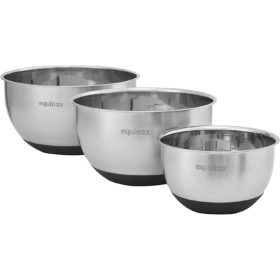
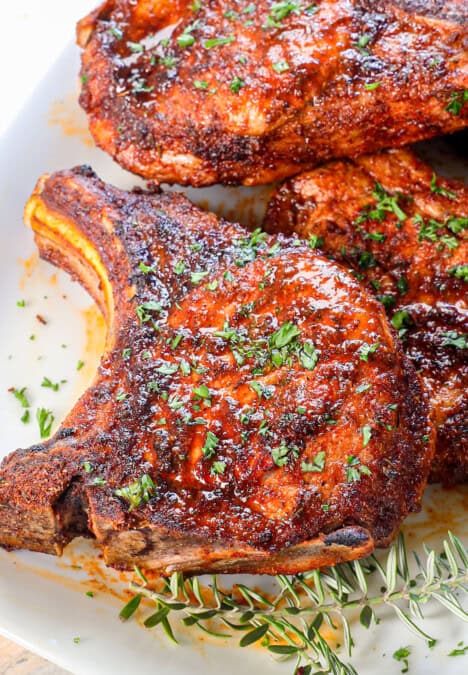
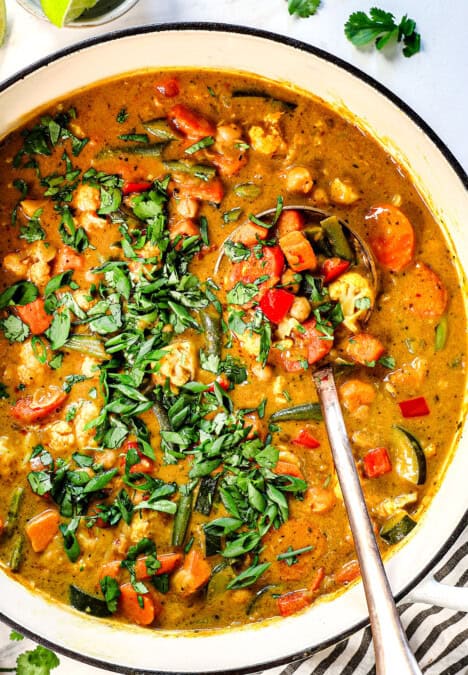
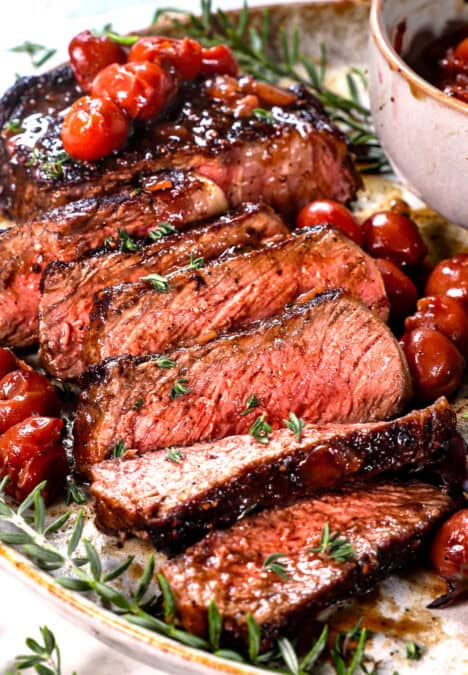
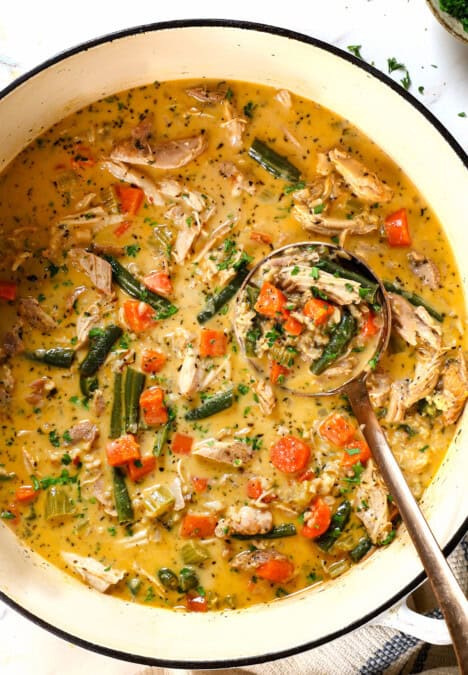
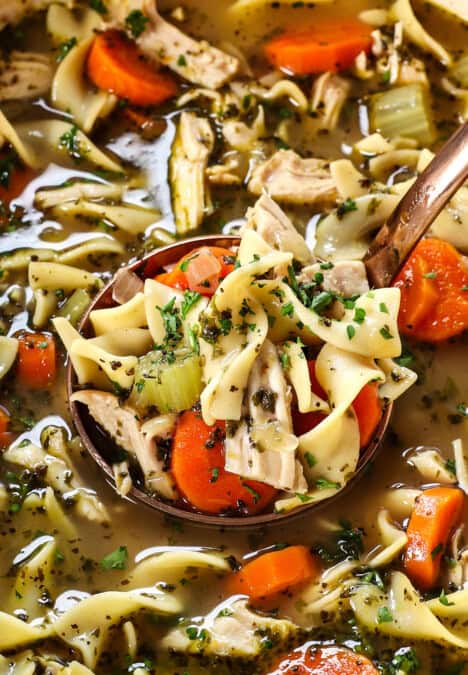


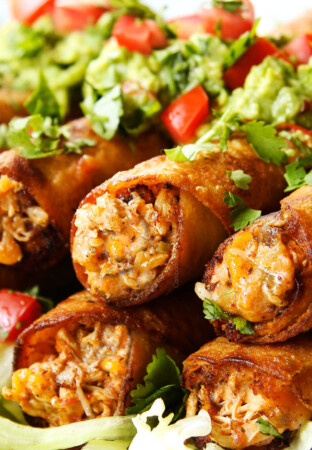
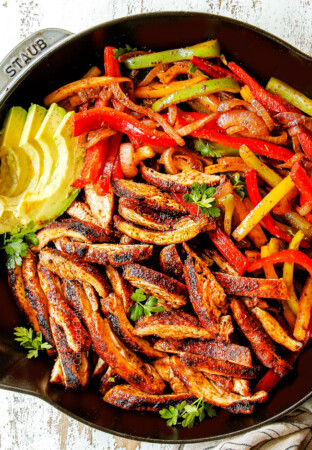
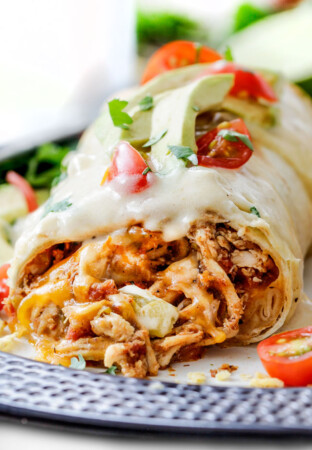
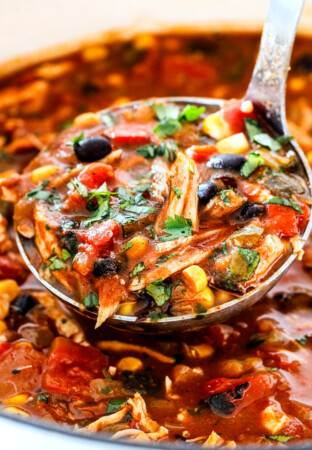
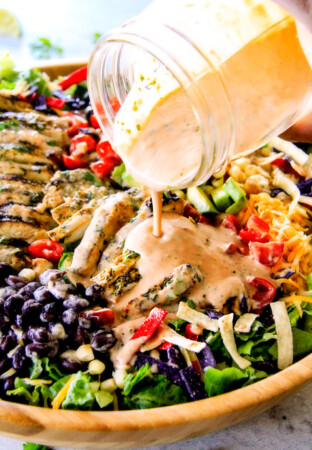
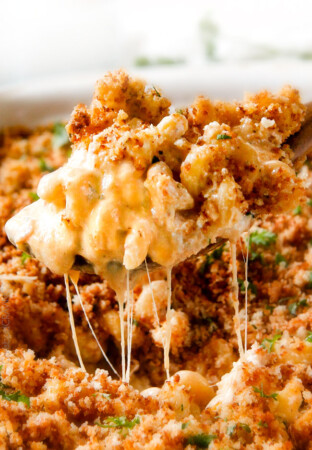
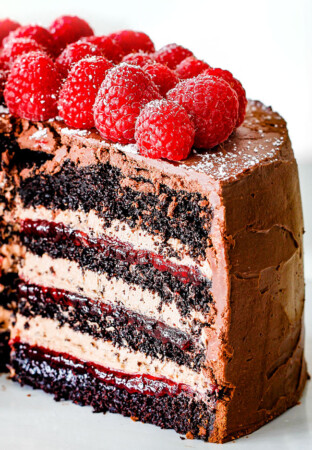
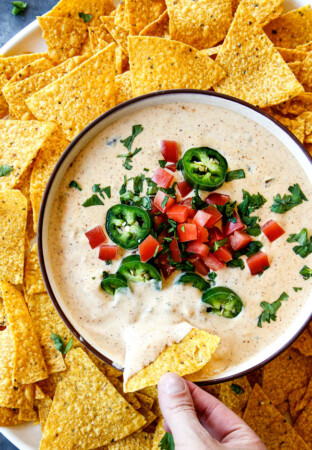
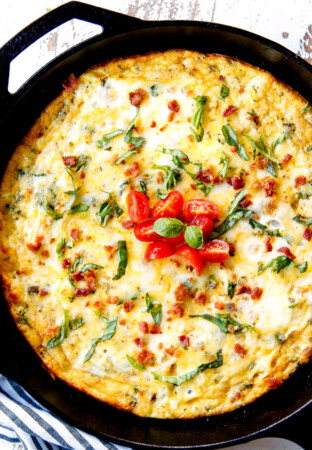
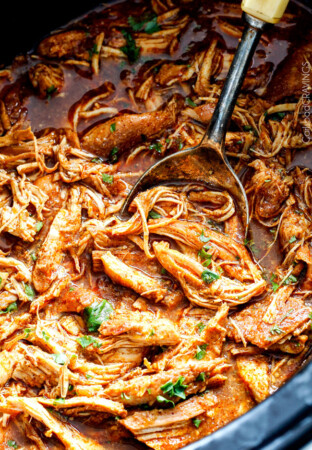
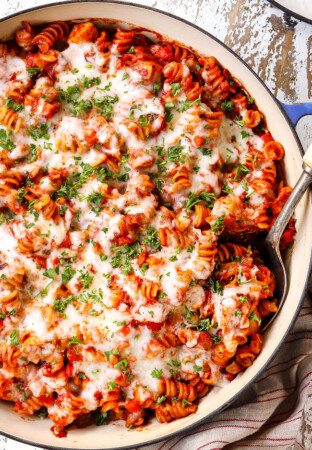
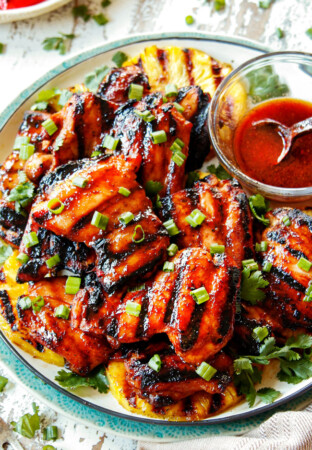
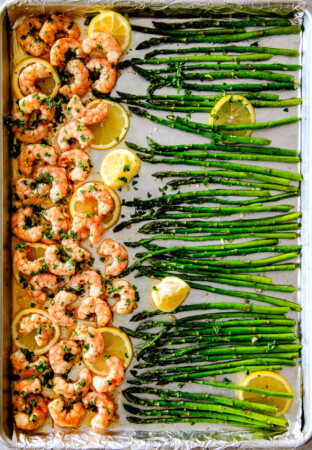
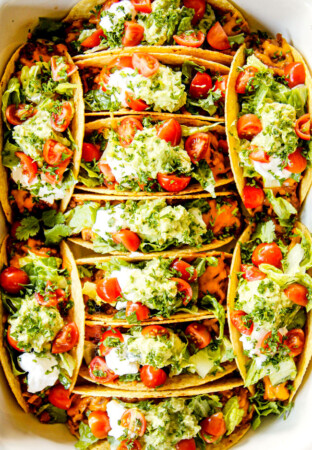
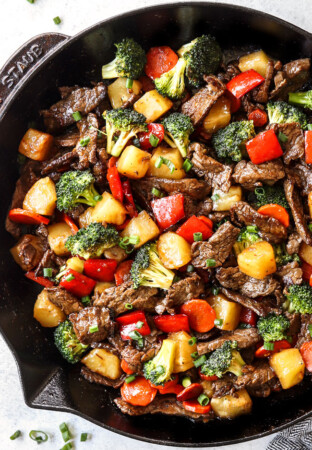
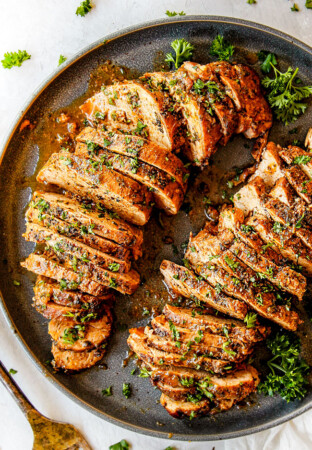
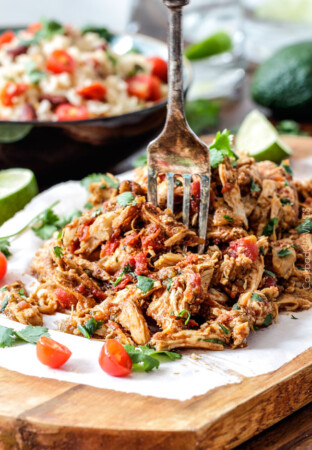
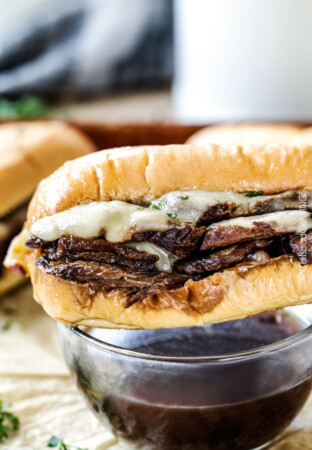
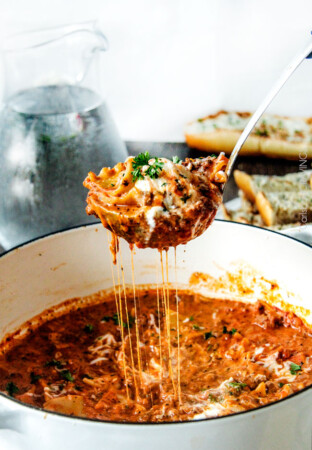
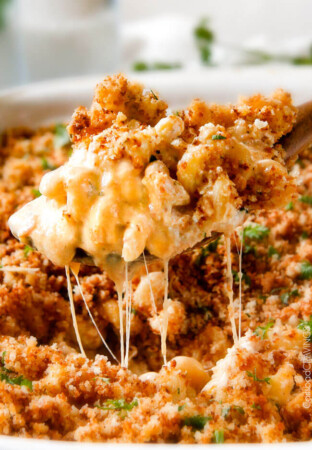
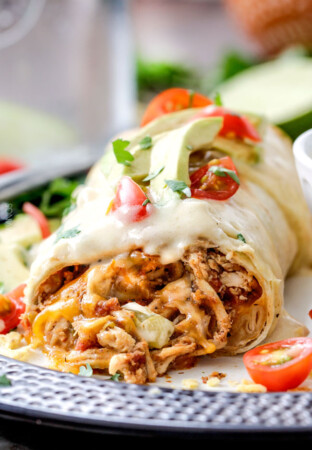
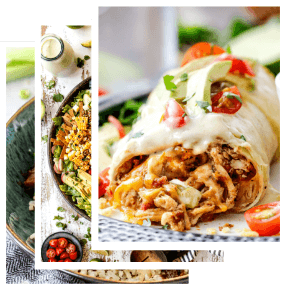
Carolyn says
Hi, Jennifer! Amazing recipe!!! I work for Trader Joe’s and get all my ingredients there, and then go elsewhere if we don’t carry them. I followed your recipe to a T, except ended up using 2 packages of Trader Joe’s Thai Wheat Noodles (about 7 oz each). They come in a pack of 3, vegan, already cooked, so super easy to heat and eat. I also followed your suggestion for adding chicken and how to cook it from your Cashew Chicken recipe. So good!!! Thank you for your recipes. Your site is a go- to!!
Jen says
Hi Carolyn, I love seeing your reviews and what recipes you lean towards – you have great taste! I’m so pleased this recipe was a hit and that you successfully used Thai noodles and added chicken as well! Thanks for taking the time to comment!
Julie says
I made this tonight and enjoyed it. Set much. I used Mother in Law’s gochujang and 3.5 tbsp was pretty spicy (just right for us). I also blanched snow peas abd bell peppers because I feel that’s the only way I can get the veggies the crisp tender way I like them. I’ll for sure make this again.
Jen says
Thanks Julie, I’m so glad it will be on repeat!
Jennifer Fulk says
Hi Jen. I was wondering if I could use sesame paste, like the kind you call for in the dan dan noodles in placed of tahini? We don’t like peanut butter in dishes. Thanks!This looks amazing.
Jen says
Hi Jennifer! Yes, you can substitute sesame paste! Hope you enjoy:)